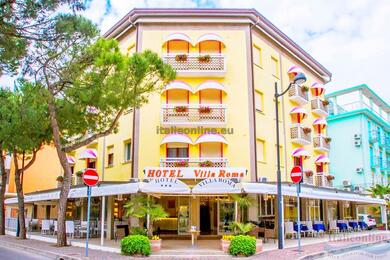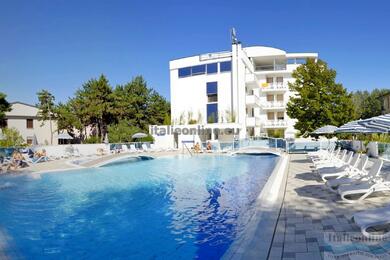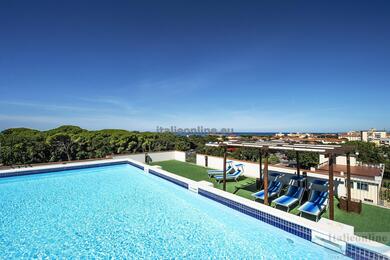History
Bologna, the capital of the Emilia-Romagna region in northern Italy, has a rich history dating back to antiquity. It was founded by the Etruscans around the 6th century BC under the name of Felsina.
In the Middle Ages, Bologna was an important city due to its strategic location and became an important centre of trade and education.
One of the most important milestones in the city's history was the founding of the University of Bologna in 1088, which is considered the oldest continuously operating university in the world. The university attracted students from all over Europe and played a key role in the development of European education. One of the most important historical buildings of the University of Bologna, which served as the University's main seat from 1563 to 1803, is the Archiginnasio.located in the city centre in Piazza Galvani, today the building houses one of the most important libraries in Italy.
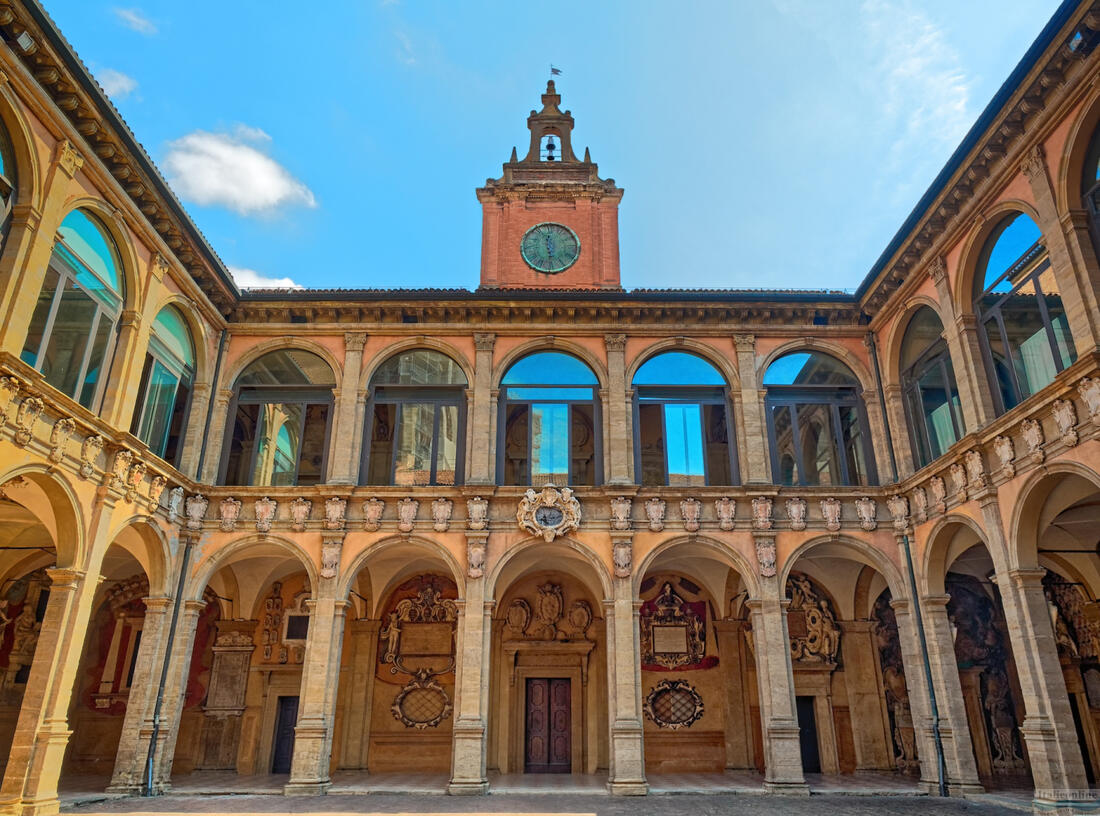
Architecture and monuments
Bologna is famous for its towers and arcades (porticoes). The most famous towers are the Torre degli Asinelli and the Torre Garisenda. The Asinelli is 97.2 metres high.
The porticoes, which stretch for over 38 kilometres, are another characteristic feature of the city. The arcades provide protection from rain and sun and are an important part of city life. Many shops, cafes and restaurants are located underneath them and provide space for markets and street performers. The arcades in Bologna have a long history. Many of them were built in the Middle Ages. Today they are a UNESCO World Heritage Site as an important example of medieval architecture.
Bologna is also home to many beautiful churches, including the Basilica of San Petronio, one of the largest churches in the world, and the Church of Santo Stefano, a complex of several interconnected churches and monasteries.
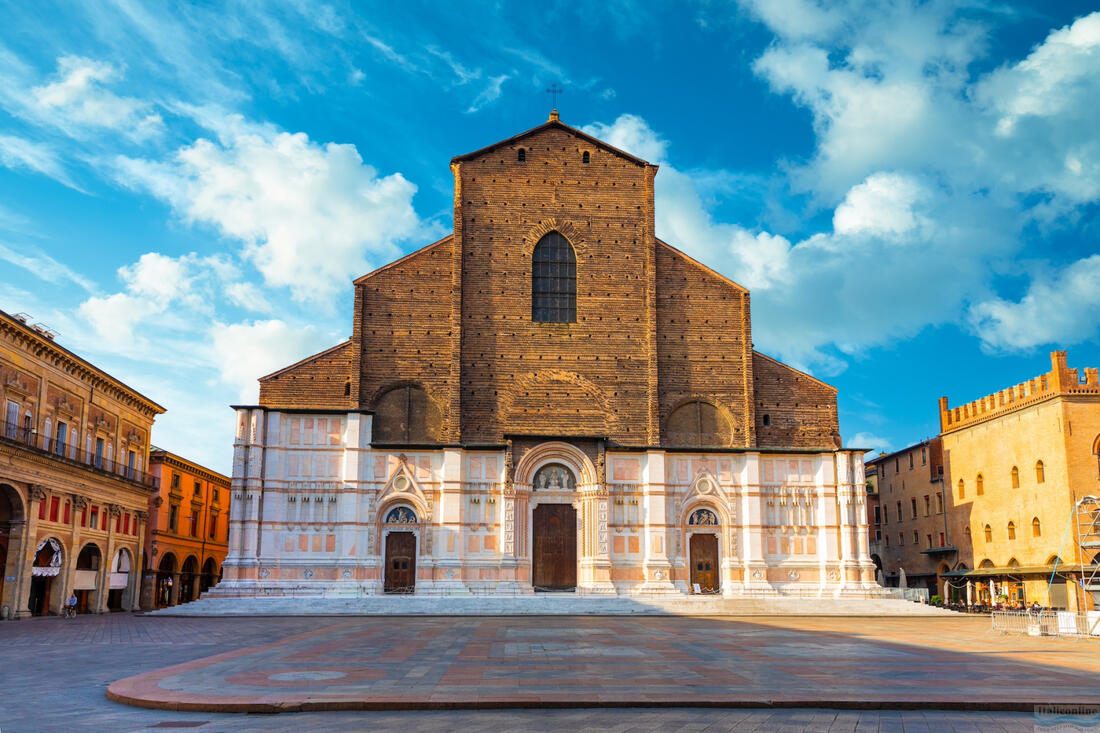
Culture
Bologna is a cultural centre with a rich tradition in art, music and gastronomy. The city is famous for its theatres, opera houses and museums. Among the most important museums is the National Gallery (Pinacoteca Nazionale), which exhibits works by famous Italian artists such as Raffael, Titian and Giotto.
Gastronomy
Bologna is considered the gastronomic capital of Italy. The city is famous for its pasta, especially tortellini, tagliatelle al ragù (known outside Italy as "spaghetti Bolognese") and lasagne. It is also where the famous Mortadella originated. The local cuisine emphasises quality ingredients and traditional recipes that have been handed down from generation to generation.

Modern Life
Today, Bologna is a dynamic and modern city that combines its historic past with innovation and modernity. The University of Bologna continues to attract thousands of students from all over the world, giving the city a youthful and cosmopolitan atmosphere. Bologna is also an important transport hub with one of the largest and busiest railway junctions in Italy.





